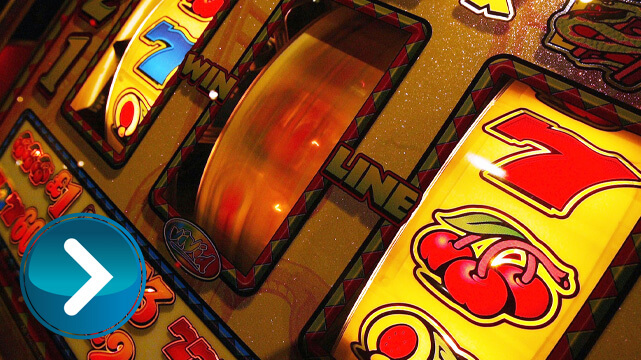Welcome to the sophisticated world of Baccarat, where elegance and excitement collide in the heart of the casino. This classic card game has long been a favorite among high rollers and VIP players, offering a unique blend of strategy, luck, and prestige. Steeped in history and synonymous with luxury, Baccarat exudes a sense of glamour that is unparalleled in the realm of casino gaming.
With its origins tracing back to medieval Italy and France, Baccarat has evolved into a refined and captivating casino experience that continues to captivate players around the globe. As the game of choice for James Bond himself, Baccarat exudes an aura of exclusivity and sophistication that beckons players to the table for a chance at fortune and glory. Whether you’re a seasoned veteran or a curious newcomer, the allure of Baccarat is undeniable, promising thrills and riches beyond your wildest dreams.
History of Baccarat

Baccarat is a timeless casino game that originated in Italy and made its way to France in the 15th century. It was initially played by the aristocracy and quickly gained popularity among the high society. The game’s name is derived from the Italian word "baccara," which means zero. This is in reference to the face cards and tens having a value of zero in Baccarat.
During the 19th century, Baccarat became a favorite pastime among the French nobility and was often played in private gaming rooms where the stakes were high. The game eventually spread to other European countries and across the Atlantic to the United States, where it found a new audience. Baccarat continued to be associated with luxury and exclusivity, solidifying its reputation as a game for the elite.
In modern times, Baccarat remains a hallmark of sophistication and elegance in casinos worldwide. Its allure has transcended social boundaries, attracting players from all walks of life. The game has evolved with the times, adapting to new technologies and gaming trends while staying true to its rich history and tradition.
How to Play Baccarat
To begin playing baccarat, the first step is to place your bets on either the player’s hand, the banker’s hand, or a tie. After all bets are placed, two hands are dealt – one for the player and one for the banker.
The objective of baccarat is to predict which hand will have a total closest to nine. Picture cards and 10s are worth zero points, while other cards retain their face value. If the total of a hand exceeds nine, only the second digit of the total is used.
Once the hands are dealt, the winning hand is determined based on the point total. If your chosen hand wins, you will be paid out accordingly. The simplicity and elegance of baccarat make it a popular choice amongst high rollers and casual players alike.
Baccarat Strategies
When it comes to mastering the game of baccarat, having a solid strategy can greatly increase your chances of success. One popular strategy is the Martingale system, where players double their bet after each loss, with the goal of eventually recouping all previous losses and making a profit. However, บาคาร่า to exercise caution with this strategy as it can lead to substantial losses if a winning streak is not achieved promptly.
Another common baccarat strategy is the Paroli system, which involves doubling your bet after each win. This approach aims to capitalize on winning streaks and maximize profits while minimizing losses during losing streaks. It’s crucial to set clear stop-loss limits when employing the Paroli system to prevent significant financial setbacks.
For those seeking a more conservative strategy, the Fibonacci system can be an attractive option. This system follows the Fibonacci sequence, where each number is the sum of the two preceding ones. By using this sequence to determine betting amounts, players can take a more measured approach to baccarat, gradually increasing bets after losses and decreasing them after wins.